Dispatch From Cyprus: The Unseen Locals Who Care for Places that are Loved
How to Spot a Place that is Loved
This is usually obvious, or is it? I imagine a place is loved when the place looks like it is in good condition and organized. I may expect to see the owner or other people using the area for activities. In a more cold way, the sight of many security cameras or home security systems may be the modern tech way to show love for a place. However, these are all subject to a person’s perspective and cultural upbringing.
Visiting another country through the lens of our own familiar expectations is not the best way to experience a new place and culture. It certainly is not the best way to spot a place that is loved or plan and design for places that we hope will be loved.
When I visited Cyprus in October 2019 I did not know what to expect. I spent nine days in Cyprus with a Penn planning/design studio under the topic of ‘landscapes of reconciliation.’ We spent the weeks leading up to the visit by researching everything about the island while in a studio space 5,500 miles away.
There are many aspects of the trip that I can elaborate on in future posts. The focus of this post is to share four photos of places on the island that clearly showed they are cared for and loved. How this love is conveyed is not through the people who maintain the spaces, but rather the results of their hours of work. I would have obviously wanted to find the owners of the properties and take photos of them, but it is perhaps better for us, in this instance, to imagine what they look like and appreciate the larger narrative of how their love of place exemplifies the deep ties to the land of this beautiful island.
The love shown to these places are simply through the greening of their spaces. Now, planting some flowers and shrubs may not be the climatic statement you were expecting. However, when you understand the landscape of the land, scarcity of water, and challenging climate to maintain the vegetation, planting and caring for vegetation is one of the greatest signs of love someone can show for their property.
A Simple Sign
It can be as simple as hanging a few plant boxes outside of window and growing some ivy along rain spouts. The shutters and potted vegetation provides the appearance that is a domestic space, but it is actually a restaurant located within a centuries old church structure. The coke-labeled flower boxes are the only clue that a business is located there. Without this vegetation, the space would be barren and lack identity.
Green Priorities
This photo stands out to me because the focus of the photo is not the architecture of the buildings. It’s the care given to all of the plants around the buildings that really highlight the love and priority given to the properties. Even with limited space, the vegetation is abundant and enlivens the space. It’s also another reminder of how well the color of the vegetation complements the earthy tones and textures of the buildings.
The Urban Becomes the Landscape
When the care given to one property is multiplied by many, it creates a network of connected spaces around a similar theme. In this case, the deep human connection to the land is clearly shown through all of the vegetation placed in and around the built environment. All of the vegetation has practical purposes for benefitting these spaces, such as acting as porous surfaces catching the limited rain that touches the land throughout the year and a counter to the urban heat island effect. However, I don’t suspect these are the first reasons why these property owners filled their spaces with vegetation nor should we as planners and designers assume these reasons will motivate other people to blanket their properties with vegetation.
Love of Space as a Form of Protest
It must not go un-mentioned that Cyprus is an island divided. A UN-monitored buffer zone cuts across the island, largely separating Greek-Cypriots from Turkish-Cypriots. While traveling on both sides of the buffer zone, a common theme emerged. That theme is the care and dedication given to create hospitable spaces even in proximity to the very zone that cuts the island in two. These are the spaces that facilitate community and a sense of place. If and when the buffer zone dissolves, the deep ties to the land and love of space through vegetation will be key qualities to facilitate a landscape of reconciliation. In the meantime, spaces on both sides of the buffer zone will be loved by the unseen Cypriots that maintain them.
The Greening of Spaces Are Not Specific to Cyprus
However, it is an important aspect to Cypriot culture and one aspect that is shared by Greek- and Turkish-Cypriots. In a land divided, any shared values must form the basis of a strong foundation for a future unified island. When we view the greening of properties through this lens, it is more special and powerful than we first thought.
Tobin Stuff is a planner / urban designer, founder of 7521, and a 2019-20 Lipman Family Prize Fellow. He is a Korean adoptee who embraces his story to fuel his work and interests. He has more than five years of planning experience ranging from working with empowered high school students from informal settlement communities in Nairobi, Kenya to being part of teams leading federal planning charrettes at sites across the United States, South Korea, and Japan. Tobin started 7521 to provide a visual lens to planning and design efforts in communities large and small.




